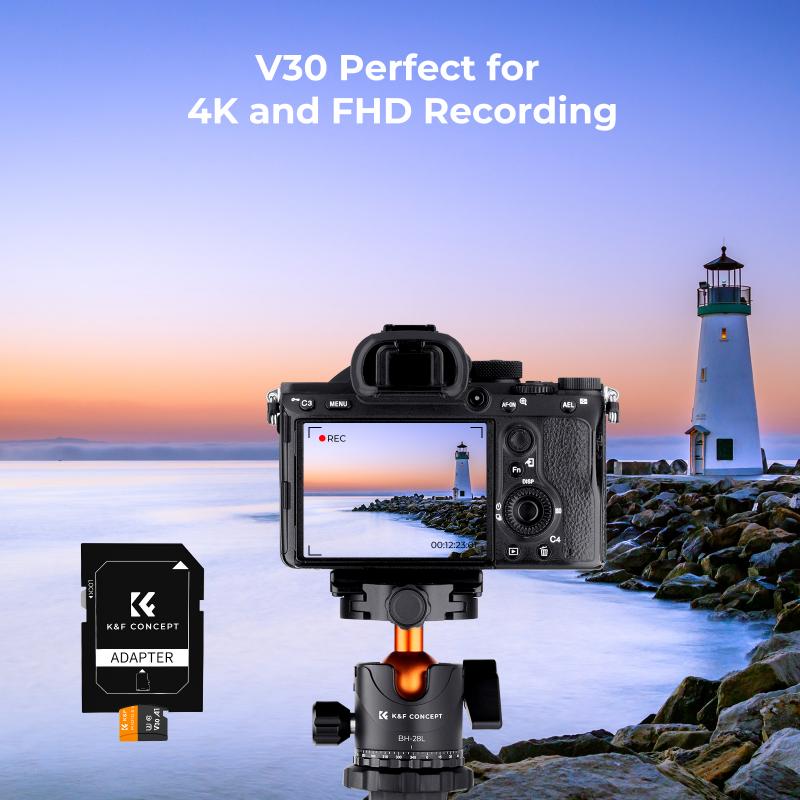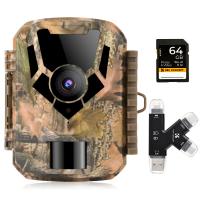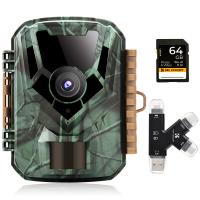How To Format Sd Card For Android?
Formatting an SD card for use with an Android device is a common task that many users encounter. Whether you are looking to free up space, remove corrupted files, or simply start fresh, formatting your SD card can be a straightforward process if you follow the right steps. In this article, we will cover everything you need to know about formatting an SD card for Android, including why you might need to do it, the different methods available, and some tips to ensure a smooth process.
Why Format an SD Card?

Before diving into the how-to, it's important to understand why you might need to format an SD card. Here are some common reasons:
1. Free Up Space: Over time, your SD card can become cluttered with files, apps, and other data. Formatting it can help you start fresh and free up space.
2. Remove Corrupted Files: Sometimes, files on your SD card can become corrupted, causing issues with your device. Formatting can help remove these problematic files.
3. Change File System: Different devices and operating systems may require different file systems. Formatting allows you to change the file system to one that is compatible with your Android device.
4. Prepare for New Use: If you are planning to use the SD card in a new device, formatting it ensures that it is clean and ready for use.
Methods to Format an SD Card for Android

There are several methods you can use to format an SD card for Android. Below, we will cover the most common ones:
Method 1: Formatting via Android Settings

This is the most straightforward method and can be done directly from your Android device.
1. Insert the SD Card: Make sure the SD card is properly inserted into your Android device.
2. Open Settings: Go to the "Settings" app on your device.
3. Storage: Navigate to the "Storage" section.
4. Select SD Card: Find and select your SD card from the list of storage options.
5. Format: Tap on the "Format" or "Format as internal" option. Confirm your choice and wait for the process to complete.
Method 2: Formatting via a Computer

If you prefer, you can also format your SD card using a computer. This method is useful if your Android device is not recognizing the SD card.
1. Insert SD Card into Computer: Use an SD card reader to connect your SD card to your computer.
2. Open File Explorer: On Windows, open "File Explorer." On Mac, open "Finder."
3. Locate SD Card: Find your SD card in the list of drives.
4. Right-Click and Format: Right-click on the SD card and select "Format." Choose the file system (usually FAT32 for compatibility with Android) and click "Start."
5. Eject and Insert into Android Device: Once the formatting is complete, safely eject the SD card and insert it back into your Android device.
Method 3: Using Third-Party Apps
There are several third-party apps available on the Google Play Store that can help you format your SD card. These apps often offer additional features such as partitioning and file recovery.
1. Download a Formatting App: Search for and download a reputable SD card formatting app from the Google Play Store.
2. Open the App: Launch the app and follow the on-screen instructions to format your SD card.
3. Confirm and Format: Confirm your choice and wait for the app to complete the formatting process.
Tips for Formatting an SD Card
To ensure a smooth formatting process, keep the following tips in mind:
1. Backup Important Data: Formatting will erase all data on the SD card. Make sure to back up any important files before proceeding.
2. Check Compatibility: Ensure that your SD card is compatible with your Android device. Some older devices may not support newer, high-capacity SD cards.
3. Use a Reliable SD Card: Low-quality or counterfeit SD cards can cause issues. Use a reliable brand to avoid problems.
4. Keep Your Device Charged: Make sure your Android device is sufficiently charged before starting the formatting process to avoid interruptions.
Troubleshooting Common Issues
Even with the best preparation, you might encounter some issues when formatting your SD card. Here are some common problems and their solutions:
1. SD Card Not Recognized: If your Android device does not recognize the SD card, try using a computer to format it. If the problem persists, the SD card might be damaged.
2. Formatting Error: If you receive an error message during formatting, try restarting your device and attempting the process again. If the error continues, consider using a different method or a third-party app.
3. Data Recovery: If you accidentally format your SD card and lose important data, there are data recovery tools available that can help you retrieve lost files. However, recovery is not always guaranteed, so it's best to back up data beforehand.
Formatting an SD card for Android is a simple yet essential task that can help you maintain the performance and reliability of your device. Whether you choose to format via Android settings, a computer, or a third-party app, the process is generally straightforward. By following the steps outlined in this article and keeping our tips in mind, you can ensure a smooth and successful formatting experience. Remember to back up your data, check compatibility, and use reliable SD cards to avoid any issues. Happy formatting!









